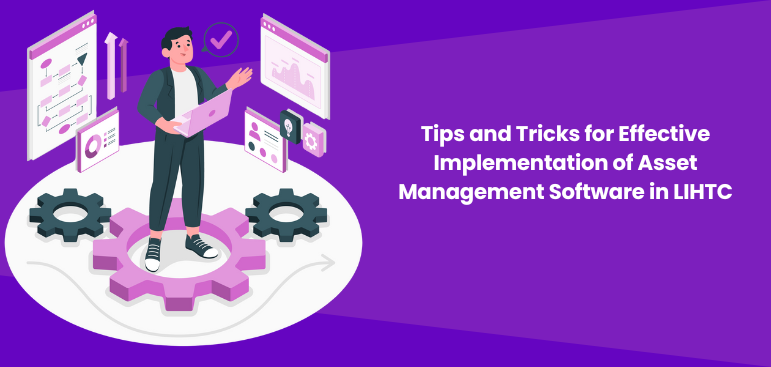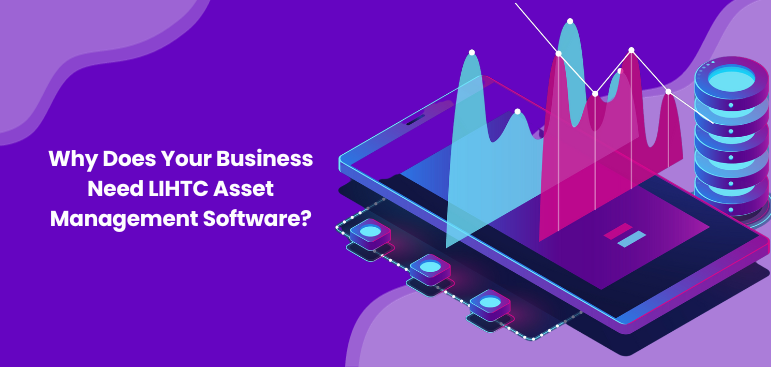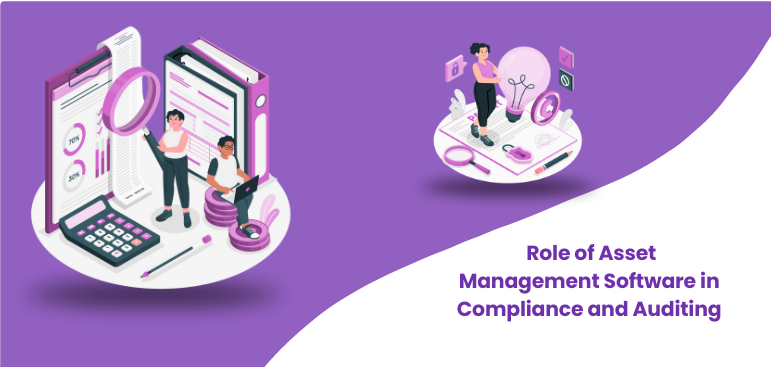Low-Income Housing Tax Credit (LIHTC) projects play a role in providing affordable housing for communities. Implementing effective asset management software is essential to maximizing the potential and streamlining operations. This blog will explore critical tips and tricks for successfully deploying asset management software tailored for LIHTC projects.
Understanding the Basics
Implementing asset management software for Low-Income Housing Tax Credit (LIHTC) projects begins with a foundational understanding of the critical components and considerations. This section will provide insights into the initial steps, emphasizing the importance of comprehensive training sessions and customization tailored to LIHTC compliance.
Comprehensive Training Sessions
To lay a strong foundation, initiate the implementation process with comprehensive training sessions. Engage all staff members, ensuring they comprehend the software’s functionality and benefits. Addressing concerns and questions at this stage fosters a confident and empowered user base, setting the stage for successful adoption.
Customization for LIHTC Compliance
Tailoring the software to adhere to LIHTC compliance requirements is paramount. Ensure the software captures and manages data specific to tax credit regulations. This level of customization simplifies reporting and auditing processes, aligning the software with the unique demands of LIHTC projects.
Building a Solid Foundation
Implementing robust asset management software for LIHTC projects necessitates a meticulous approach to building a solid foundation. This phase is critical as it establishes the groundwork for seamless operations and effective software utilization.
Data Migration Strategies
A robust plan for data migration is crucial to prevent loss or corruption. Prioritize critical data and conduct regular checks during the migration process. Verification of data accuracy post-migration is essential to avoid complications that may arise later, ensuring a smooth transition to the new system.
Integration with Existing Systems
Seamless integration with existing systems is essential when it comes to minimizing disruptions. Opt for software that easily meshes with current workflows, and consider solutions that offer APIs for future scalability. This integration ensures a cohesive operational environment without compromising productivity.
Navigating Challenges
Implementing asset management software in Low-Income Housing Tax Credit (LIHTC) projects is challenging. Navigating these hurdles requires a strategic and proactive approach. Let’s delve into some key challenges and effective strategies for overcoming them.
User-Friendly Interface
Select software with an intuitive interface to facilitate easy navigation. A user-friendly design reduces the learning curve, increasing overall efficiency. Regularly gather user feedback to identify and address any usability concerns, fostering an environment where the software becomes a user-friendly asset.
Continuous Technical Support
Partnering with a software provider offering reliable technical support is vital. Addressing issues or bugs right at the moment ensures uninterrupted operations. Schedule regular software updates to leverage the latest features and security patches, maintaining a resilient and up-to-date system.
Maximizing Efficiency
Efficiency is the cornerstone of successful asset management in Low-Income Housing Tax Credit (LIHTC) projects. Implementing strategies to maximize efficiency saves time and resources and enhances the overall effectiveness of your asset management software. Here are vital considerations under the theme of maximizing efficiency.
Automated Reporting Features
Leverage the software’s reporting capabilities to streamline processes. Automate routine reports to save time and reduce the risk of errors. Regularly reviewing and updating reporting templates ensures accuracy and relevancy, providing a comprehensive view of the project’s performance.
Real-Time Monitoring
Implement features allowing real-time monitoring of property performance. Swift identification and resolution of issues are critical for maintaining compliance. Utilize dashboards to visually represent key metrics, offering a real-time snapshot of the project’s health.
Ensuring Compliance
Compliance is the bedrock of any successful Low-Income Housing Tax Credit (LIHTC) project. Implementing asset management software without a robust compliance strategy is akin to building a house on shaky ground. Here’s an in-depth exploration of ensuring compliance within LIHTC asset management software implementation.
Regular Compliance Audits
Schedule regular internal audits to ensure ongoing compliance. Utilize the software to generate compliance reports for quick reviews. Addressing any issues is crucial to prevent penalties and maintain adherence to LIHTC regulations.
Stay Informed About Regulatory Changes
Keeping the software up-to-date with the latest LIHTC regulations is non-negotiable. Subscribe to relevant industry newsletters and updates to stay informed about regulatory changes. Proactively updating the software ensures it reflects any alterations in compliance requirements, keeping the project in line with the latest standards.
Benefits of Implementing LIHTC Software Effectively
Implementing Low-Income Housing Tax Credit (LIHTC) software is not merely a technical upgrade; it’s a transformative journey that can revolutionize the management of affordable housing projects. Let’s delve into the benefits of deploying LIHTC software with precision and foresight.
Enhanced Compliance and Reduced Risk
Implementing LIHTC software with the right tricks and techniques ensures heightened compliance with regulatory standards. The software becomes a vigilant guardian, continuously monitoring operations against LIHTC requirements. Automated compliance checks, regular audits, and real-time reporting features significantly mitigate non-compliance risk. Compliance safeguards the project from penalties and fosters a culture of adherence to industry regulations.
Streamlined Operations and Increased Efficiency
Efficient operations are the backbone of any successful housing project. LIHTC software, when implemented effectively, streamlines various processes, reducing manual intervention and associated errors. Automation of routine tasks, such as reporting and data analysis, enhances overall efficiency. Staff can redirect their focus from mundane administrative tasks to strategic initiatives, fostering a more productive and proactive work environment.
Accurate and Timely Reporting
Accurate reporting is critical for making informed decisions and maintaining transparency, especially in the context of LIHTC projects. Effective implementation of LIHTC software ensures that reporting templates are customized for compliance and regularly reviewed and updated. Automated reporting features save time and also minimize the risk of errors that come with manual reporting processes, providing stakeholders with reliable and timely information.
Real-Time Monitoring for Proactive Decision-Making
Real-time monitoring is a game-changer in the management of LIHTC projects. With effective software implementation, project managers can access real-time data on property performance, financial metrics, and compliance status. Intense monitoring allows for proactive decision-making, enabling swift analysis and resolution of issues before they escalate. Dashboards with visual representations of key metrics provide a quick and comprehensive overview, empowering decision-makers with actionable insights.
Improved Data Management and Accessibility
A well-implemented LIHTC software system ensures robust data management, safeguarding against loss or corruption during migration. The system becomes a reliable repository of accurate information with prioritized data migration strategies and regular checks. Integration with existing systems and providing APIs for future scalability enhance data accessibility and interoperability, creating a seamless flow of information across the organization.
Cost-efficiency and Resource Optimization
Effectively implemented LIHTC software contributes to cost efficiency by minimizing manual efforts, reducing the risk of compliance-related fines, and optimizing resource allocation. The software’s automation features lead to a reduction in operational costs associated with time-consuming tasks. By freeing up resources and reducing the likelihood of non-compliance issues, organizations can allocate their budgets more strategically to address the evolving needs of their affordable housing projects.
Conclusion
Successfully implementing asset management software for LIHTC projects requires a strategic approach. By focusing on training, customization, integration, and ongoing support, you can maximize the efficiency and compliance of your system.
Remember, the journey doesn’t end with implementation – continuous monitoring, feedback loops, and staying abreast of industry changes are vital for ensuring the software remains a powerful ally in managing LIHTC assets effectively.




